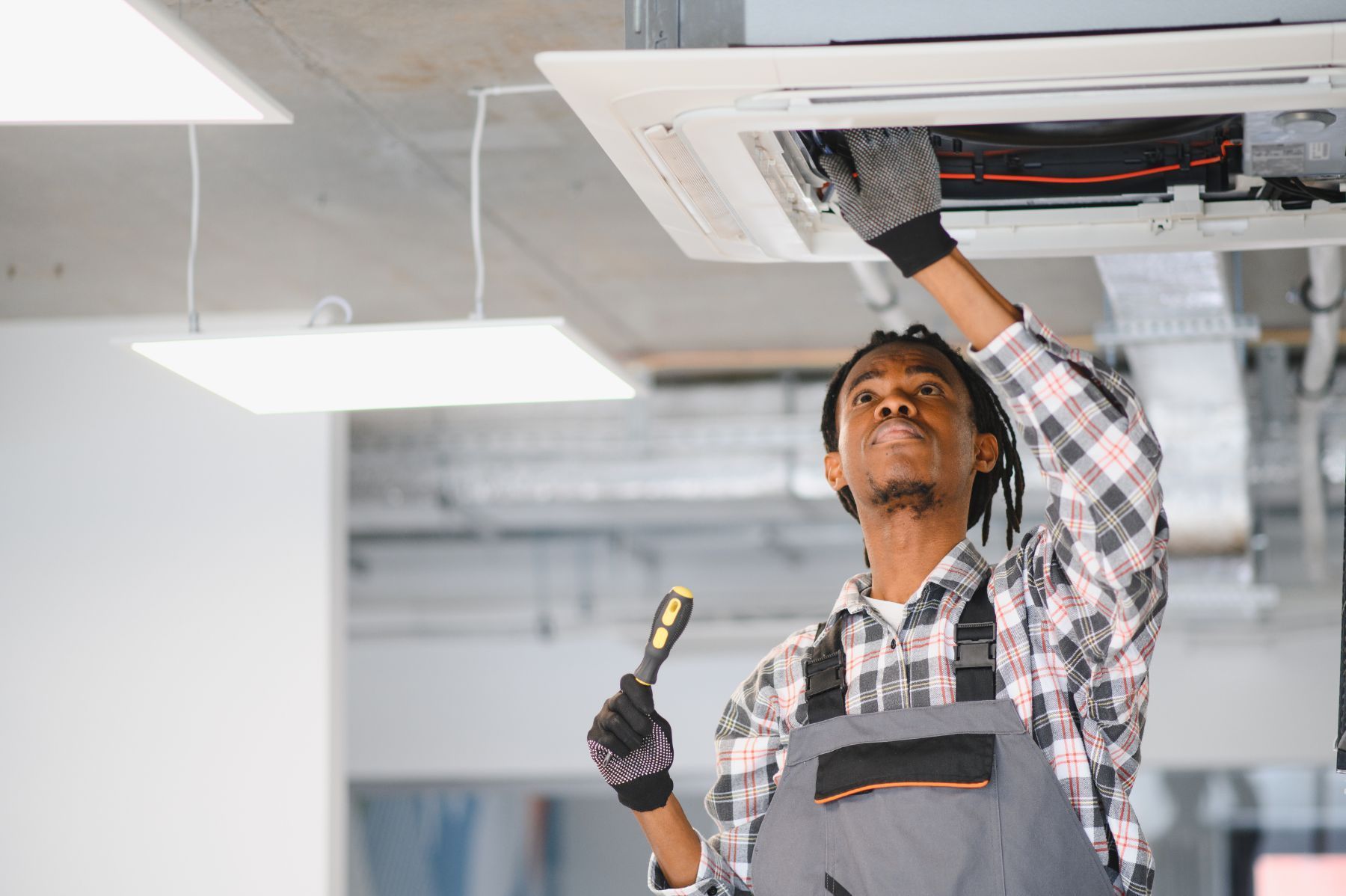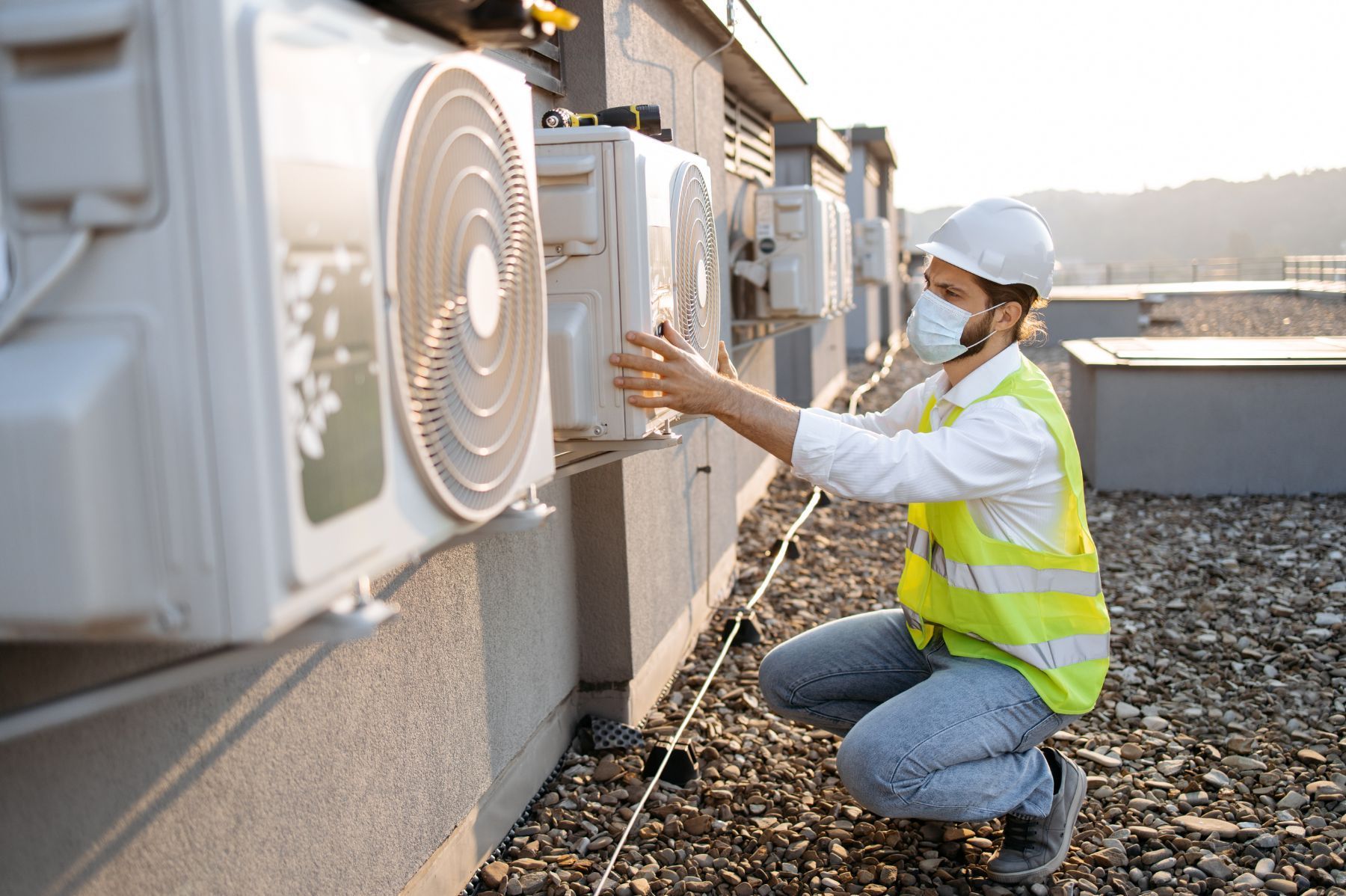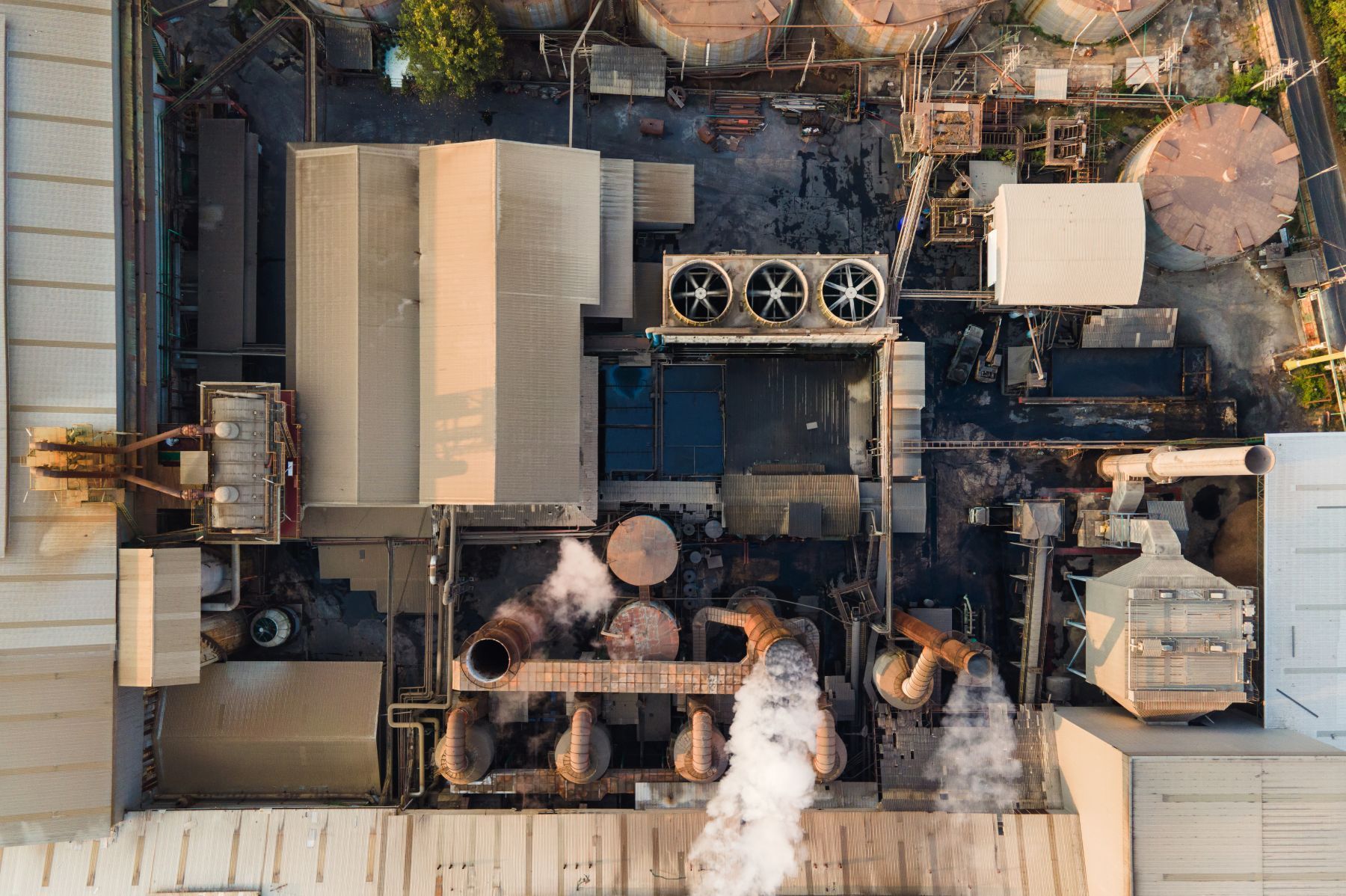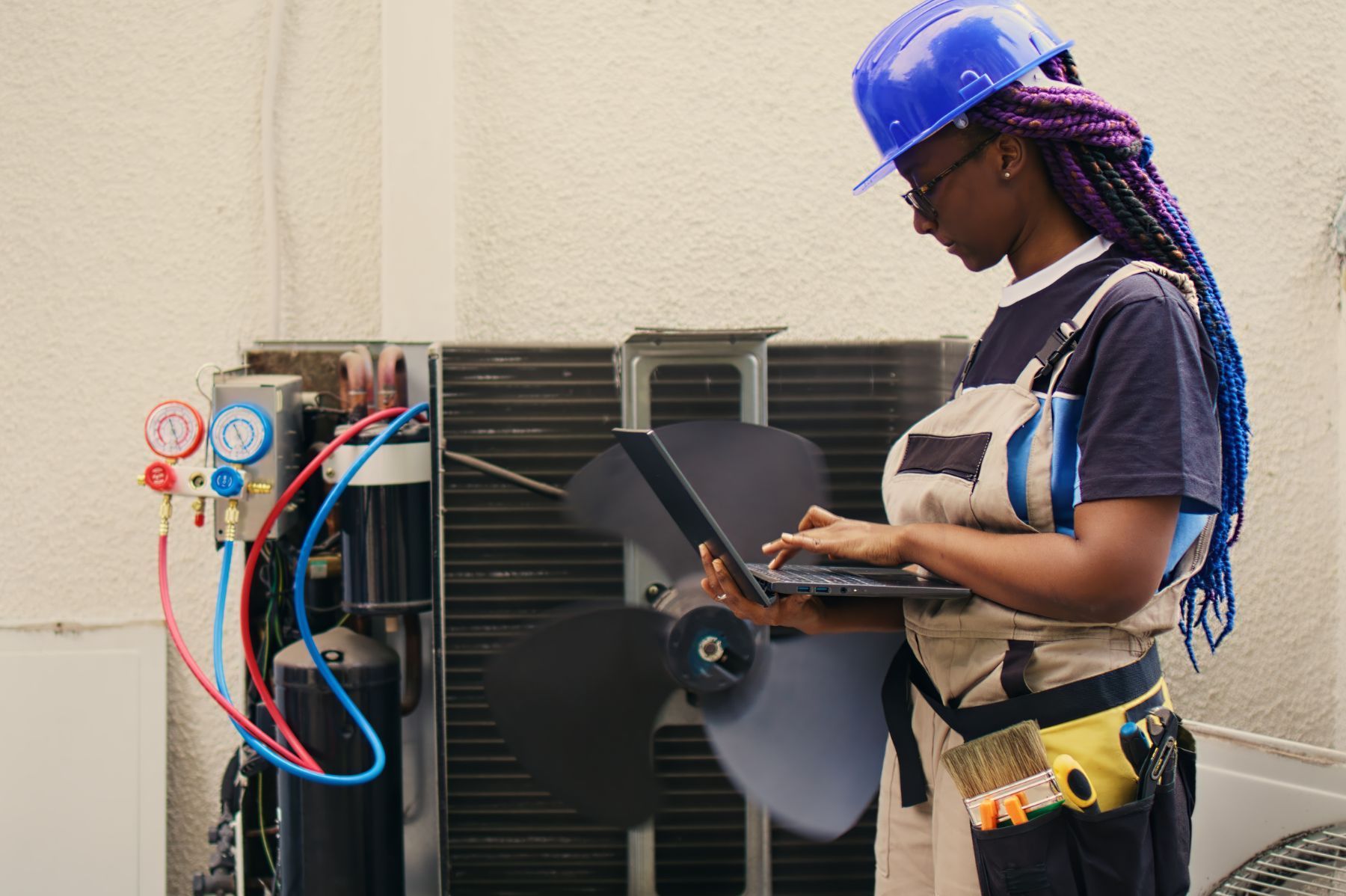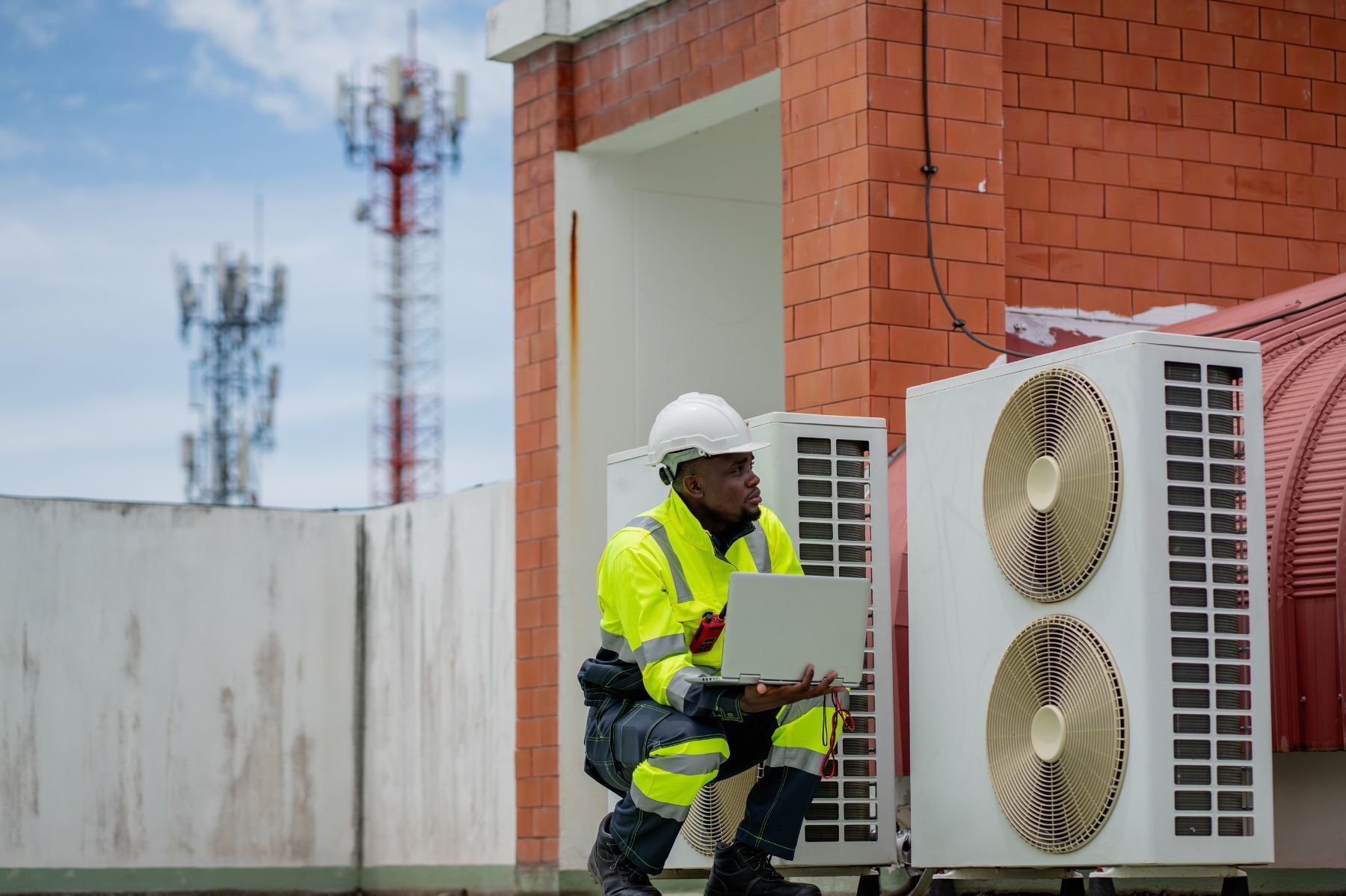Top Mistakes HVAC Contractors Make When Buying Insurance
See How We're Different
or call us: (469) 678-8001

For HVAC contractors, securing the right insurance coverage is not just a regulatory formality—it’s a critical safeguard against financial risks and legal liabilities. However, many contractors fall into common pitfalls when purchasing insurance, which can leave their businesses exposed to unexpected costs and legal challenges. Understanding these mistakes can help HVAC professionals make informed decisions and protect their operations effectively.
One of the most frequent errors is underestimating the scope of potential liability claims, which often leads to inadequate coverage. This oversight can have serious consequences, especially in an industry where accidents and property damage risks are inherent. To avoid this, contractors need to carefully evaluate their insurance needs and adjust policies as their business evolves. For more insights into common contractor insurance mistakes, BGES Group provides a detailed overview of pitfalls to avoid.
Underestimating Potential Liability and Its Consequences
Liability claims can arise from a variety of situations in HVAC work—ranging from property damage during installation to bodily injury caused by faulty equipment. Unfortunately, many contractors underestimate the full extent of these risks when choosing their insurance coverage.
Failing to anticipate the breadth of liability can result in policies that don’t fully protect the business. This shortfall means that when a claim arises, contractors might face significant out-of-pocket expenses, legal fees, or even lawsuits that threaten the viability of their company. It’s essential to assess all possible liability scenarios, including subcontractor actions and third-party claims, to ensure comprehensive coverage.
Contractors should also be aware of policy exclusions, which are specific conditions or circumstances that the insurance does not cover. Misunderstanding these exclusions can lead to unexpected financial burdens during claims. Knowing exactly what is and isn’t covered helps avoid surprises and ensures that gaps in coverage are addressed proactively.
Moreover, the landscape of liability in the HVAC industry is constantly evolving, with new technologies and regulations emerging that can introduce unforeseen risks. For instance, the rise of smart HVAC systems has brought about concerns regarding cybersecurity and data privacy. If a contractor installs a system that is later hacked, leading to data breaches or service disruptions, they could be held liable for damages. Thus, staying informed about industry trends and potential liabilities is crucial for contractors to adjust their insurance policies accordingly.
Additionally, ongoing training and education for HVAC professionals can play a pivotal role in mitigating liability risks. By investing in regular safety training and certification programs, contractors not only enhance their skills but also demonstrate a commitment to quality and safety. This proactive approach not only reduces the likelihood of accidents but can also be a significant factor in securing favorable insurance terms. Insurers often look favorably on businesses that prioritize risk management, which can lead to lower premiums and better coverage options.
Failing to Update Insurance as the Business Evolves
As HVAC businesses grow or shift their service offerings, insurance needs change accordingly. One common mistake is neglecting to update insurance policies to reflect these changes. Whether expanding into new regions, hiring additional employees, or adding new types of services, failing to adjust coverage can leave contractors underinsured.
Insurance policies should be reviewed regularly to align with current operations and risk profiles. This proactive approach helps avoid situations where coverage limits are insufficient or certain risks are no longer covered due to business evolution. According to East Insurance Group, regular policy reviews are critical to maintaining adequate protection.
Ignoring these updates can also affect compliance with contractual obligations, especially when working with larger clients who require specific insurance standards. Contractors must ensure their insurance remains valid and relevant to avoid costly legal complications.
Moreover, as HVAC technology advances, businesses may adopt new equipment or techniques that introduce different risks. For instance, the integration of smart HVAC systems can lead to unique liability exposures that traditional policies may not cover. It’s essential for contractors to consult with insurance professionals who understand the nuances of the HVAC industry and can recommend tailored coverage options that reflect these innovations.
Additionally, the landscape of regulations is constantly evolving, and HVAC businesses must stay informed about changes that could impact their insurance requirements. Local, state, and federal regulations may mandate specific types of coverage, and failing to comply can result in penalties or loss of business licenses. By staying proactive and informed, HVAC contractors can ensure that their insurance not only protects their assets but also aligns with legal standards and industry best practices.
Overlooking Workers' Compensation Insurance
Workers’ compensation insurance is a vital component of any HVAC contractor’s risk management strategy. It covers medical expenses and lost wages for employees injured on the job, and it protects the business from potential lawsuits related to workplace injuries.
Despite its importance, some contractors overlook or underestimate the need for workers’ compensation coverage. This can lead to severe legal penalties and expose the business to substantial financial liabilities if an employee is injured. The HVAC industry, with its physically demanding and sometimes hazardous work environments, makes this coverage especially crucial.
Ensuring that workers’ compensation insurance is in place not only safeguards employees but also helps maintain business continuity by mitigating the financial impact of workplace accidents. For a detailed look at common insurance pitfalls in HVAC businesses, Project 2 Payment highlights key risks to avoid.
Moreover, the nature of HVAC work often involves exposure to various risks, including electrical hazards, falls from heights, and injuries from heavy equipment. These risks underscore the necessity for comprehensive training and safety protocols, which can further enhance the effectiveness of workers' compensation insurance. By investing in safety training and equipment, contractors not only protect their employees but also potentially lower their insurance premiums over time, creating a win-win situation for both the workforce and the business's bottom line.
Additionally, the perception of a contractor's commitment to safety can significantly impact their reputation in the industry. Clients are increasingly aware of the importance of hiring contractors who prioritize employee welfare and adhere to safety regulations. This commitment can lead to increased customer trust and loyalty, ultimately translating into more business opportunities. Therefore, integrating a robust workers’ compensation policy into the overall business strategy not only fulfills legal obligations but also positions the contractor as a responsible and trustworthy player in the HVAC market
Neglecting to Shop Around and Compare Insurance Quotes
Another frequent mistake HVAC contractors make is failing to shop around for insurance quotes. Many accept the first offer they receive without comparing coverage options and pricing from multiple providers. This approach can result in paying higher premiums for less comprehensive coverage.
Insurance markets are competitive, and rates can vary significantly between companies. By obtaining multiple quotes, contractors can identify policies that offer the best balance of cost and coverage. Additionally, working with experienced insurance brokers who understand the HVAC industry can help tailor policies to specific business needs.
Beyond pricing, comparing policies helps contractors understand different coverage features and exclusions, enabling more informed decisions. This step is essential to avoid underinsuring the business or missing out on valuable protections.
Moreover, the nuances of HVAC work often mean that contractors face unique risks that standard insurance policies may not adequately cover. For instance, specialized equipment breakdown coverage can be crucial for those who rely on expensive machinery. By thoroughly reviewing quotes, contractors can seek out policies that include these essential features, ensuring they are protected against the high costs of equipment repairs or replacements. Additionally, understanding the claims process and the reputation of insurance providers can save contractors time and stress in the event of a claim, making it vital to read reviews and ask for recommendations from peers in the industry.
Furthermore, many insurance companies offer discounts for bundling multiple policies, such as general liability and commercial auto insurance. By taking the time to compare these bundled options, HVAC contractors can not only save money but also simplify their insurance management. This strategic approach to insurance can lead to significant savings over time, allowing contractors to allocate more resources toward growing their business rather than on unnecessary insurance costs. In a field where margins can be tight, every dollar counts, making it all the more important to invest the effort into finding the right coverage at the right price.
Ignoring Contractual Risk Transfer and Its Impact
Many HVAC contractors enter into contracts that include risk transfer clauses, such as indemnity agreements or requirements to name clients as additional insureds on their policies. Mishandling these clauses can have serious consequences, including voided insurance coverage and costly legal disputes.
Contractual risk transfer is a complex area that requires careful attention. Contractors must ensure their insurance policies align with the terms of their contracts to avoid gaps in coverage. Failure to do so can lead to situations where insurers deny claims because the contract terms were not properly addressed.
Consulting with legal and insurance professionals when reviewing contracts can help contractors navigate these requirements effectively. As noted by East Insurance Group, ignoring contractual risk transfer is a costly mistake that can be avoided with proper diligence.
Furthermore, the implications of neglecting these risk transfer clauses extend beyond immediate financial repercussions. Contractors may find themselves facing reputational damage if disputes arise, as clients may perceive a lack of professionalism or reliability. This can lead to lost future business opportunities, especially in a competitive market where trust and credibility are paramount. Additionally, the legal landscape surrounding construction contracts is continually evolving, with courts increasingly scrutinizing the enforceability of indemnity clauses. This means that what may have been a standard practice yesterday could become a liability today, underscoring the need for ongoing education and awareness in the industry.
Moreover, the intricacies of risk transfer can also affect subcontractors and suppliers within the HVAC ecosystem. When general contractors impose stringent risk transfer requirements, it can create a trickle-down effect, impacting the pricing and availability of services. Subcontractors may inflate their bids to account for the additional risk they are assuming, which can ultimately lead to higher costs for the end client. Understanding the full scope of contractual obligations and their implications can empower contractors to negotiate better terms and foster more collaborative relationships with all parties involved, ensuring that everyone is on the same page regarding risk management strategies.
The Dangers of Underinsuring the Business
Underinsurance is a pervasive issue that leaves HVAC contractors vulnerable to substantial financial losses. Choosing coverage limits that are too low may reduce premiums in the short term but can result in devastating expenses if a major claim occurs.
It’s important to assess the full value of the business’s assets, potential liabilities, and the maximum foreseeable risks. This assessment helps determine appropriate coverage limits that reflect the true exposure. Contractors should also consider factors such as equipment replacement costs, project sizes, and employee numbers when setting policy limits.
Failing to insure adequately can lead to situations where claims exceed policy limits, forcing the business to cover the difference out of pocket. This risk underscores the importance of working with knowledgeable insurance advisors to establish sufficient coverage. For further insights on avoiding underinsurance, Project 2 Payment offers valuable guidance.
Moreover, the HVAC industry is subject to unique risks that can further complicate insurance needs. For instance, contractors often operate in various environments, from residential homes to large commercial buildings, each presenting different hazards. The potential for accidents, equipment failure, or even natural disasters can vary significantly based on the job site. Understanding these nuances is crucial in crafting a comprehensive insurance policy that adequately protects against all possible threats.
Additionally, the evolving landscape of regulations and standards in the HVAC sector can impact insurance requirements. Compliance with local building codes, environmental regulations, and safety standards is not only essential for legal operation but also influences insurance premiums and coverage options. Contractors who stay informed about these changes can better navigate their insurance needs, ensuring that they are not only compliant but also protected against the financial repercussions of unforeseen incidents.
Conclusion: Protecting Your HVAC Business Through Smart Insurance Choices
Insurance is a critical element of risk management for HVAC contractors, but common mistakes can undermine its effectiveness. Underestimating liability, failing to update policies, overlooking workers’ compensation, neglecting to compare quotes, mishandling contractual risk transfer, and underinsuring the business are pitfalls that can have serious financial consequences.
By understanding these mistakes and taking proactive steps to avoid them, HVAC contractors can secure insurance coverage that truly protects their business. Regularly reviewing policies, consulting with experts, and carefully evaluating risks are essential practices to maintain robust insurance protection in a dynamic industry.
Ultimately, smart insurance decisions provide peace of mind and a solid foundation for business growth and success in the competitive HVAC market.

